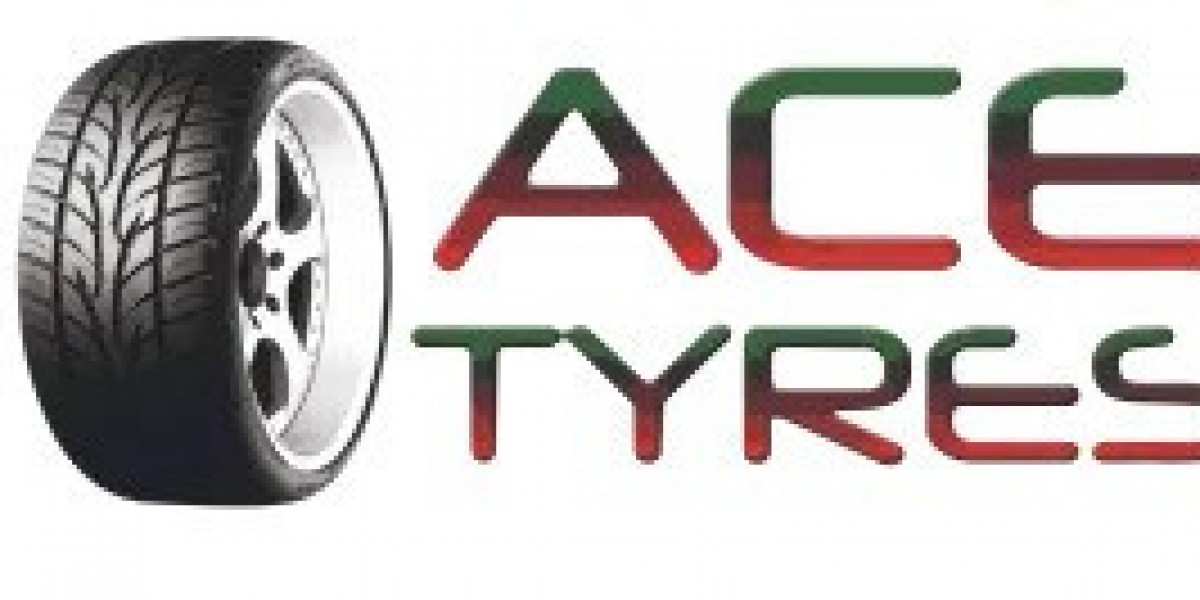In the fast-evolving world of blockchain, interoperability has become a key focus for developers and users alike. PulseChain, a highly anticipated blockchain designed to enhance Ethereums performance, offers exciting opportunities for users to move assets seamlessly between networks. Central to this is the bridge to pulsechain a critical technology enabling smooth asset transfers and cross-chain functionality.
In this blog, well break down what the bridge to PulseChain is, how it works, and the key benefits it brings to the blockchain ecosystem.
What is PulseChain?
Before diving into the bridge, its helpful to understand what PulseChain is. PulseChain is a new blockchain network created to address Ethereums scalability, speed, and gas fee challenges. It is a fork of Ethereums codebase but promises faster transaction times, lower fees, and enhanced energy efficiency through its proof-of-stake consensus mechanism.
PulseChain aims to become a high-throughput, low-cost alternative while maintaining compatibility with Ethereums existing smart contracts and decentralized applications (dApps).
What is a Bridge to PulseChain?
A bridge to PulseChain is a technological infrastructure that connects PulseChain to other blockchainsprimarily Ethereumallowing users to transfer digital assets like tokens and NFTs between these networks. Think of it as a digital highway that enables the movement of assets across two separate blockchains without needing to sell or swap them for equivalent tokens.
Since PulseChain is Ethereum-compatible, the bridge ensures that users can bring their existing Ethereum assets onto PulseChain and benefit from its faster, cheaper environment, or vice versa.
How Does the Bridge to PulseChain Work?
At a high level, the bridge to PulseChain operates through a process called locking and minting:
Locking on the Source Chain: When a user wants to move tokens from Ethereum to PulseChain, the tokens on Ethereum are locked in a smart contract. This means they are securely held and cannot be used elsewhere while the bridging process happens.
Minting on PulseChain: After the tokens are locked on Ethereum, an equivalent amount of tokens are minted (created) on PulseChain, reflecting the users balance.
Use on PulseChain: The user can now use these newly minted tokens within the PulseChain ecosystem, enjoying faster transactions and lower fees.
Reverse Process: When moving tokens back to Ethereum, the PulseChain tokens are burned (destroyed), and the original tokens are unlocked on Ethereum for the user to access.
This process ensures that the total supply of tokens remains constant across both chains, preventing duplication or inflation.
Benefits of Using the Bridge to PulseChain
1. Lower Transaction Fees
One of the biggest pain points on Ethereum is its notoriously high gas fees during network congestion. By bridging assets to PulseChain, users can conduct transactions at a fraction of the cost, making smaller transfers and frequent interactions more economical.
2. Faster Transaction Speeds
PulseChain uses a more efficient consensus algorithm and network design to offer faster block times and transaction finality. Bridging assets allows users to take advantage of these speed improvements.
3. Maintained Asset Ownership
The bridge enables users to keep full ownership and control of their tokens as they move between chains. Unlike centralized exchanges, the process is decentralized and secure through smart contracts.
4. Cross-Chain dApp Compatibility
Developers can build dApps that interact across PulseChain and Ethereum, expanding the ecosystems reach. Users can enjoy services on both chains without losing their assets or identity.
5. Energy Efficiency
PulseChains proof-of-stake consensus is more environmentally friendly than Ethereums current proof-of-work system. By bridging assets, users indirectly contribute to greener blockchain activity.
Challenges and Considerations
While the bridge to PulseChain offers many benefits, users should be aware of potential risks such as smart contract vulnerabilities and bridging delays. Its essential to use trusted bridges and stay informed about updates from the PulseChain team.
Conclusion
The bridge to PulseChain is a powerful tool that unlocks the potential of PulseChains fast, low-cost blockchain while maintaining seamless interoperability with Ethereum. By enabling easy asset transfers, the bridge paves the way for a more interconnected and efficient decentralized ecosystem.
As PulseChain continues to grow, bridges will play a crucial role in expanding user choice and enhancing blockchain usability. Whether youre a trader, developer, or enthusiast, understanding and leveraging the bridge to PulseChain could position you at the forefront of this next-generation blockchain revolution.








